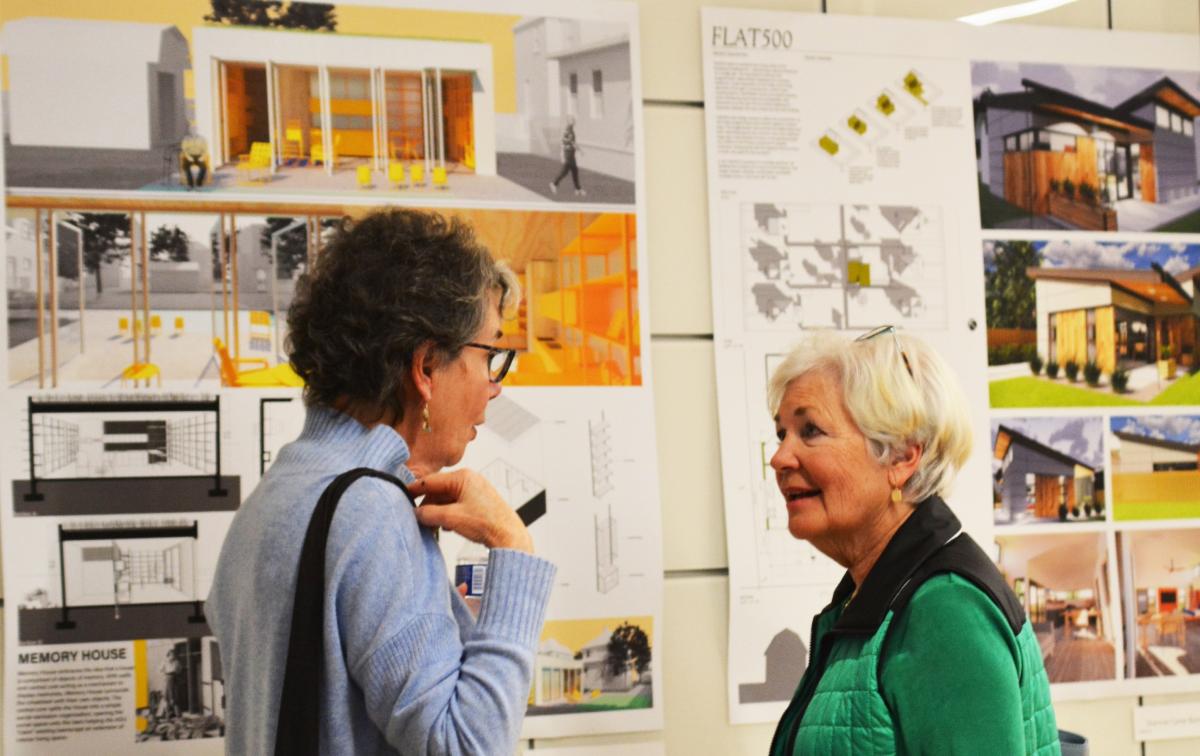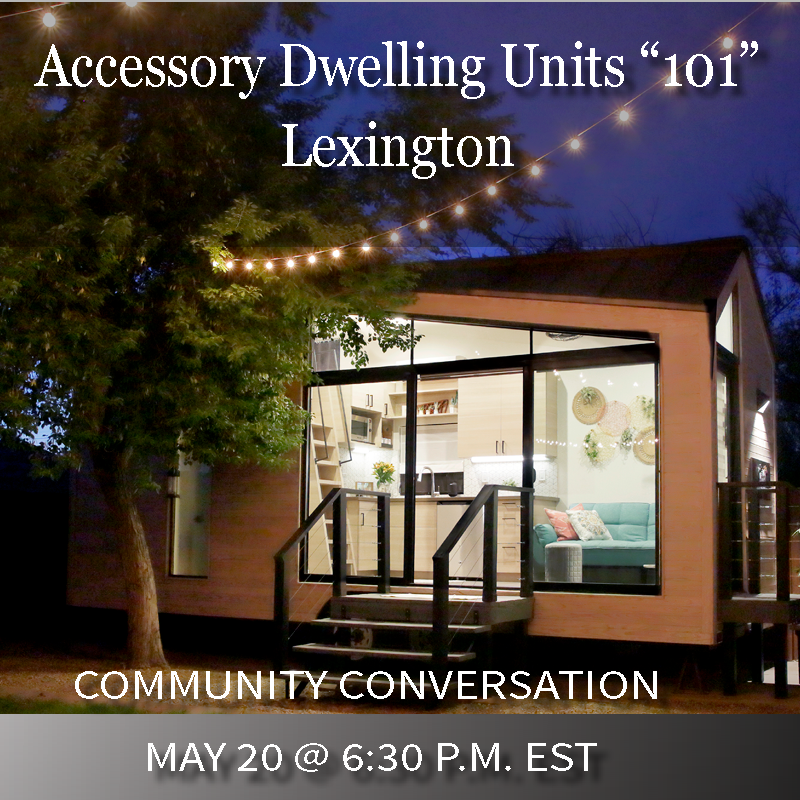
Content sponsored by AARP
Now, more than ever, we need innovative housing solutions to meet the needs of today’s families – and tomorrow’s. The high cost and lack of available new space present today’s families with unique housing challenges.
There’s a solution we’re all familiar with. Homeowners have called them carriage houses or mother-in-law suites for years. But today they’ve got a new name: Accessory Dwelling Units, or ADUs.
ADUs provide a unique housing solution to today’s challenges. They can be utilized to keep multi-generational families together or to give homeowners the option to rent part of their property in order to afford their primary residence. But ADUs will need local ordinances to allow their construction. Most ordinances haven’t been updated since the 1960s and no longer reflect today’s needs. And now, especially during the pandemic, ADUs represent an affordable housing option so people can live independently longer close to family.
What are Accessory Dwelling Units?
An Accessory Dwelling Unit (ADU) is a fully self-contained home with its own kitchen, bathroom(s), and sleeping area on the same lot as the main house. They’re a smart match for smaller households and can be created through basement or garage conversions, additions, or new construction of back yard ‘tiny homes.’ Typically, most residential zones and requires that they be discreetly located to fit in well with the surrounding neighborhood. Oftentimes, they’re invisible from the street. However, you should check local regulations to be sure your project is in compliance.
Creative design of ADUs can take many different forms and styles, they can fit discreetly into all sorts of communities, including suburban subdivisions, row-house streets (either with or without back alleys), urban neighborhoods — and, of course, large lots in rural areas.
 DETACHED ADU is a stand-alone home on the same lot as a larger, primary dwelling. Examples include backyard bungalows and converted outbuildings.
DETACHED ADU is a stand-alone home on the same lot as a larger, primary dwelling. Examples include backyard bungalows and converted outbuildings.
ATTACHED ADU connects to an existing house, typically through the construction of addition along the home’s side or rear. Such units can have a separate or shared entrance.
GARAGE ADU makes use of an attached or detached garage by converting the space into a residence. Other options involve adding a second-story ADU above or beside a garage or building a new structure for both people and cars.
INTERNAL ADU is created when a portion of an existing home is partitioned off and renovated to become a separate residence. This can be a LOWER-LEVEL ADU created through the conversion of a home’s existing basement (provided that height and safety conditions can be met).
But ADUs will need local ordinances to allow their construction. Most ordinances haven’t been updated since the 1960s and no longer reflect today’s needs. And now, especially during the pandemic, ADUs represent an affordable housing option so people can live independently longer close to family.
More About ADU Value
- According to a 2010 AARP Survey, 92% of seniors wish to stay in their communities. ADUs give them the flexibility to do so.
- ADUs may provide a lower-cost alternative to assisted living, which, according to research by Genworth, can cost seniors and their families over $3,500 per month.
- According to David Shove-Brown of the Architecture Firm //3877, ADUs may add value to residential property.
Because of city ordinances and construction regulations, ADUs will blend into the neighborhood.
*This information is provided for educational purposes only. For more information, visit aarp.org/lexingtonadu.




















Add Comment